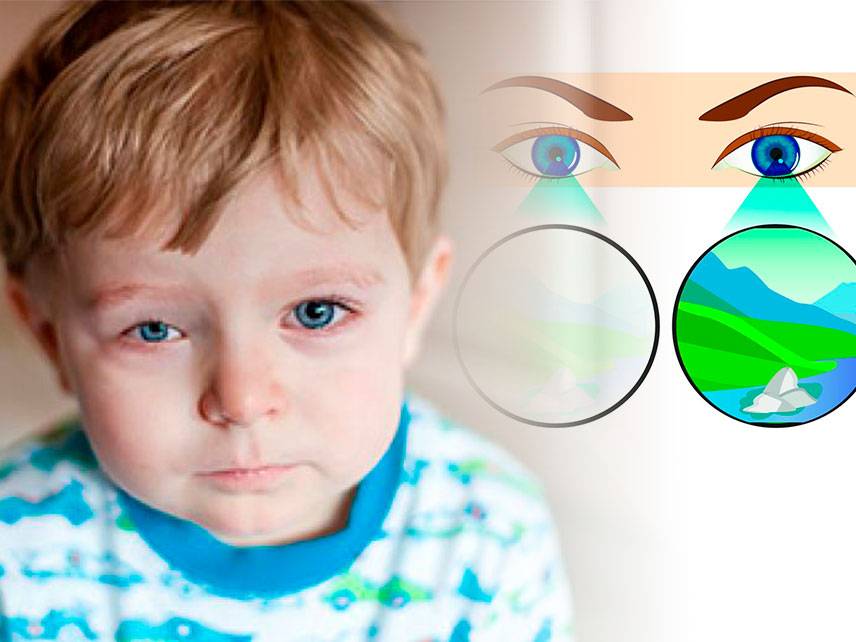Amblyopia, also known as lazy eye, is a condition in which vision in one eye is reduced because the eye and the brain are not working together properly. Amblyopia usually affects only one eye. It is the most common cause of vision problems in children.
The exact cause of amblyopia is unknown, but it is believed to be due to a combination of genetic and environmental factors. Amblyopia may be caused by any condition that interferes with the normal development of vision in infancy and early childhood.
Risk factors for amblyopia include:
-
Family history of amblyopia or strabismus
-
Premature birth
-
Refractive error (nearsightedness, farsightedness, or astigmatism)
-
Strabismus (misaligned eyes)
Amblyopia can often be prevented if risk factors are identified early and treated appropriately. If amblyopia is detected early, treatment is usually successful in restoring normal vision.
The goal of treatment for amblyopia is to improve vision in the affected eye to the level of the other eye. Treatment is most successful when started early, before the age of five.
There are two main types of treatment for amblyopia:
- Glasses or contact lenses: If amblyopia is caused by refractive error, glasses or contact lenses may be prescribed to correct the vision problem.
- Eye patching: Eye patching is often used in conjunction with glasses or contact lenses. An eye patch is worn over the stronger eye to force the weaker eye to work harder. Eye patching is usually done for several hours each day.
In some cases, surgery may be necessary to treat amblyopia. Surgery is usually only considered when other treatment methods have failed.
Living with amblyopia can be difficult, but there are ways to cope. Support from family and friends is essential. There are also support groups available for people with amblyopia and their families.





